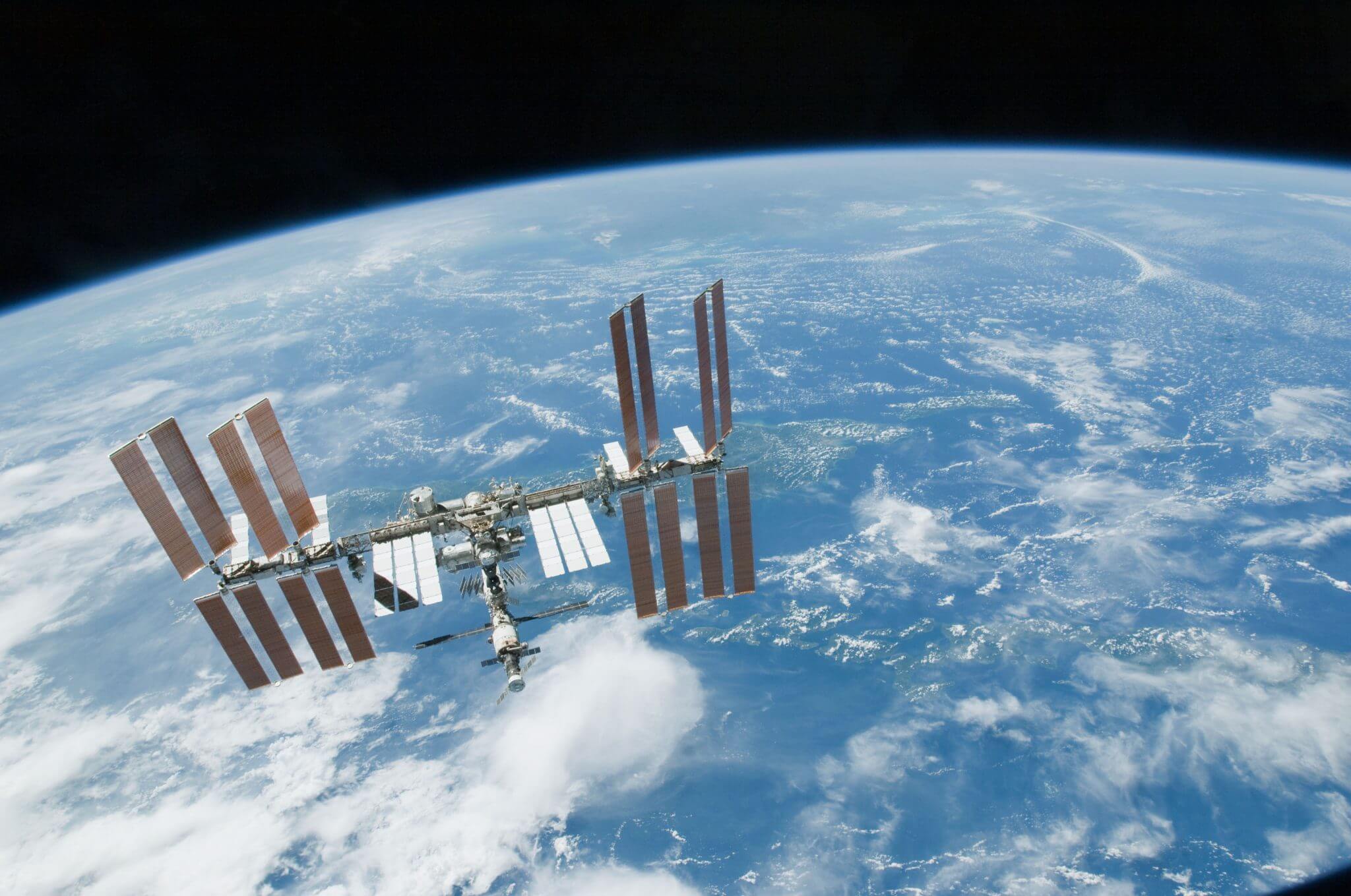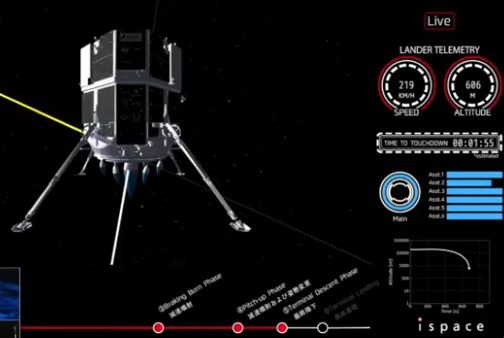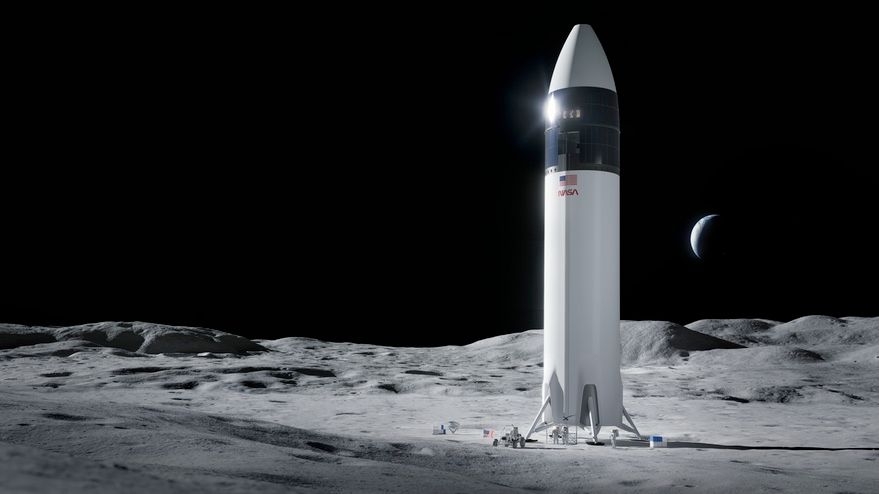While drones are commonplace on Earth, where amateur versions are often used as toys, their use on other planets is still being explored. It is clear that the technology will provide significant benefits. Drones and unmanned aerial vehicles (UAVs), for example, can be used to survey larger areas much faster than a slow wheeled rover trundling over a planet’s surface. To test out this concept, a small helicopter using contra-rotating blades, called Ingenuity, was carried all the way to Mars. It reached the planet in February 2021 by hitching a ride on the NASA Perseverance rover.
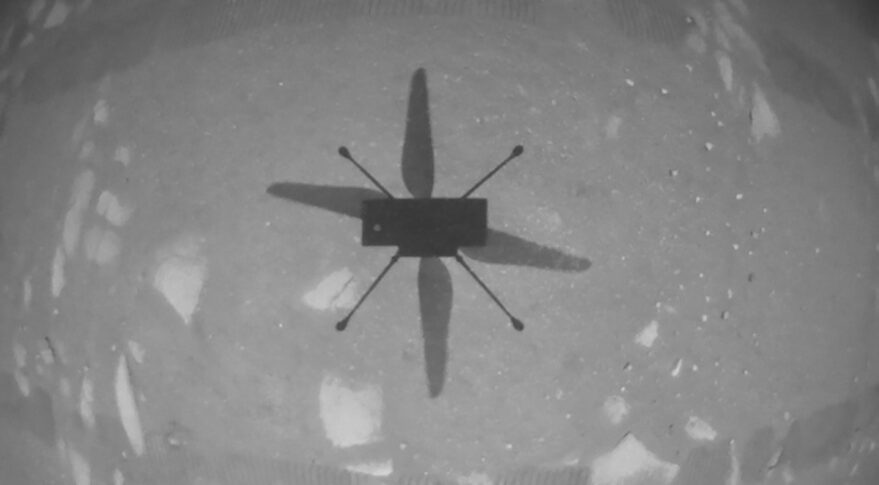
Ingenuity drone helicopter images own shadow on Martian surface during its first flight. Courtesy: NASA-JPL/Caltech
However, NASA announced that the little ’copter’s flying days were over after a heavy landing caused one blade to be broken off and damage to the tips of the craft’s other four-foot diameter blades. The 71st flight ended prematurely without any horizontal travel, which had been expected via a repositioning. The 72nd, and final, flight was supposed to be a simple up-and-down test but Ingenuity lost communication on the way down. It was suspected that a minor crash had damaged the blades by scuffing the tips.
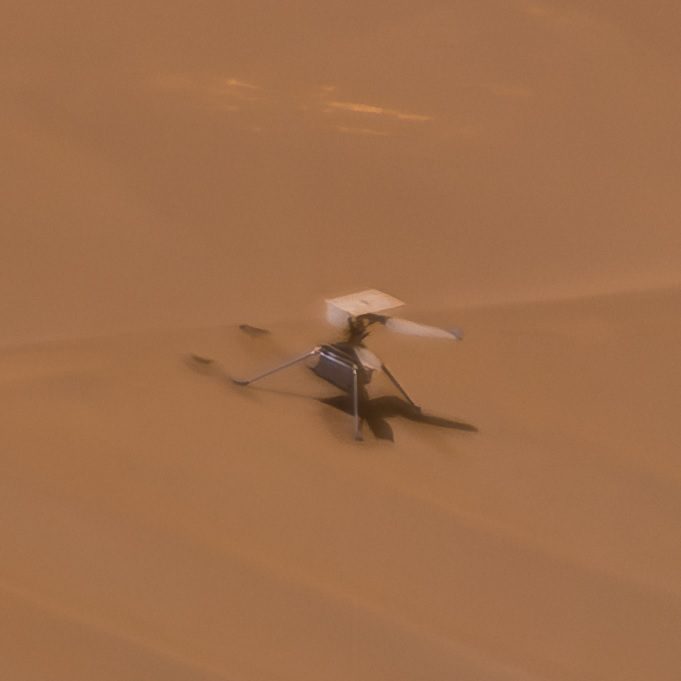
Hi-res image of Ingenuity taken by the Mars Rover Perseverence. Courtesy: Credit: NASA/JPL-Caltech/LANL/CNES/IRAP via Simeon Schmauß
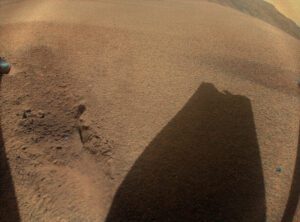
The shadow cast by one of Ingenuity’s rotor blades clearly shows its damaged tip. Courtesy: NASA
Powered by a battery, charged by a small solar panel, the 2 kg Ingenuity craft was designed to prove the concept of making airborne movement in the red planet’s very thin atmosphere. By this criteria, the mission has been a total success. It was originally hoped that Ingenuity would demonstrate up to five flights over 30 days. In the end, it managed 72 flights lasting a total of 128.8 minutes, and travelled 17 km.
After being released onto the surface of Mars on 4 April 2021 Ingenuity (Mars 2020 Ingenuity) made the first powered, controlled flight on another planet on 19 April. The solar-powered helicopter managed to ascend to around three metres above Mars, then hover for 30 seconds and rotate, before landing. The craft is equipped with computers, navigation sensors and two cameras (one colour and one black-and-white). It managed to fly for 71 further missions after that, mapping the surrounding area.
In a way, the failure has happened at an opportune time. The Perseverance rover is about to move to the Jezero Crater, with the safest route already mapped out by Ingenuity, but it was thought unlikely that the helicopter would go with it.
Senator Bill Nelson, NASA’s Administrator, paid tribute to Ingenuity noting its nickname as the “little helicopter that can”.
Comment by Derek Goddard (Seradata’s Ingenuity flight logging specialist):I have been logging Ingenuity’s flights onto the Seradata launch and spacecraft database since the start. Little did I know I would still be working on the plucky thing three years later! I am saddened by its forced retirement, as Ingenuity was still going strong in December. One of my colleagues even gave me an Ingenuity helicopter badge as a Christmas present. I am going to miss it, but I think it will be the first of many planetary helicopter missions.
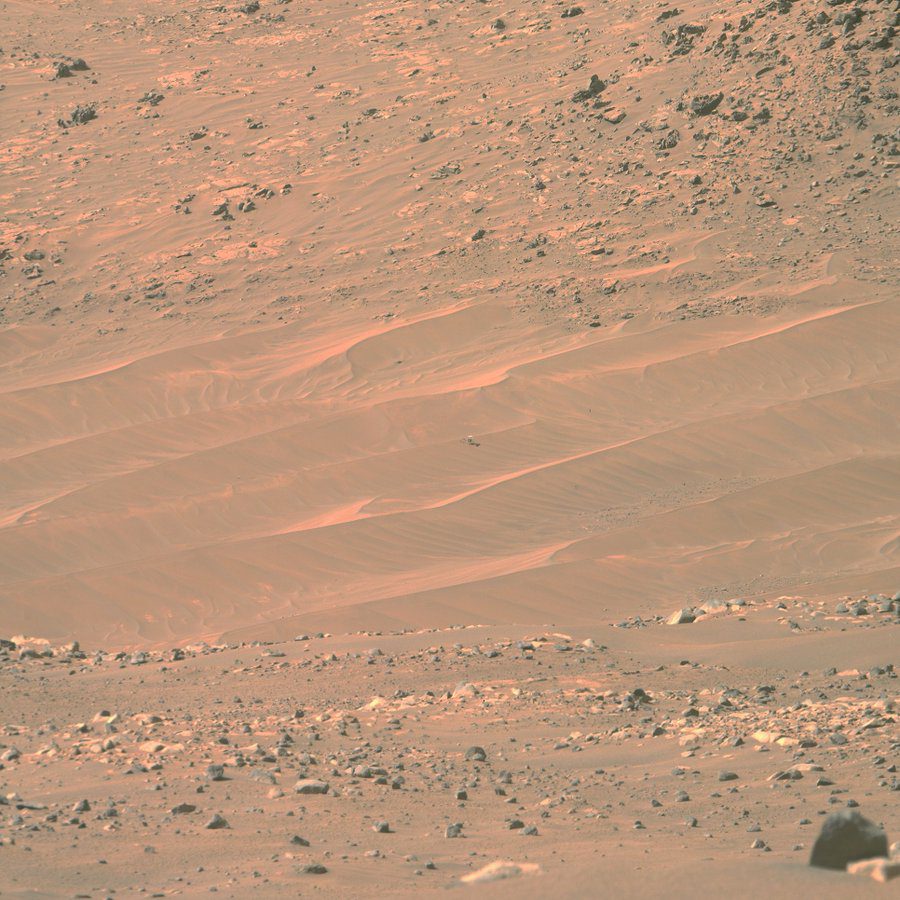
Ingenuity was imaged on a sand dune: its last resting place. Courtesy: NASA




